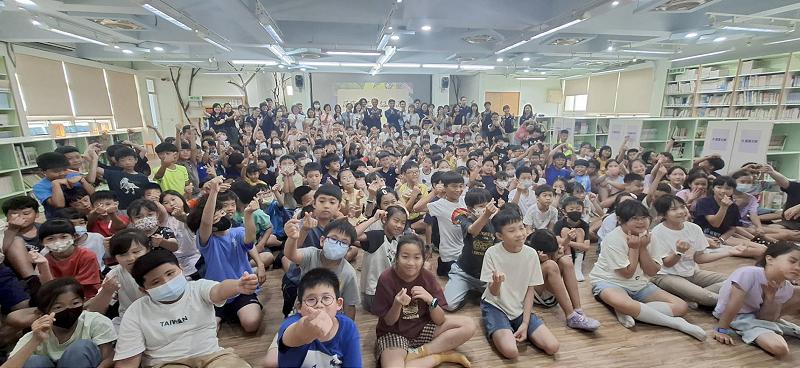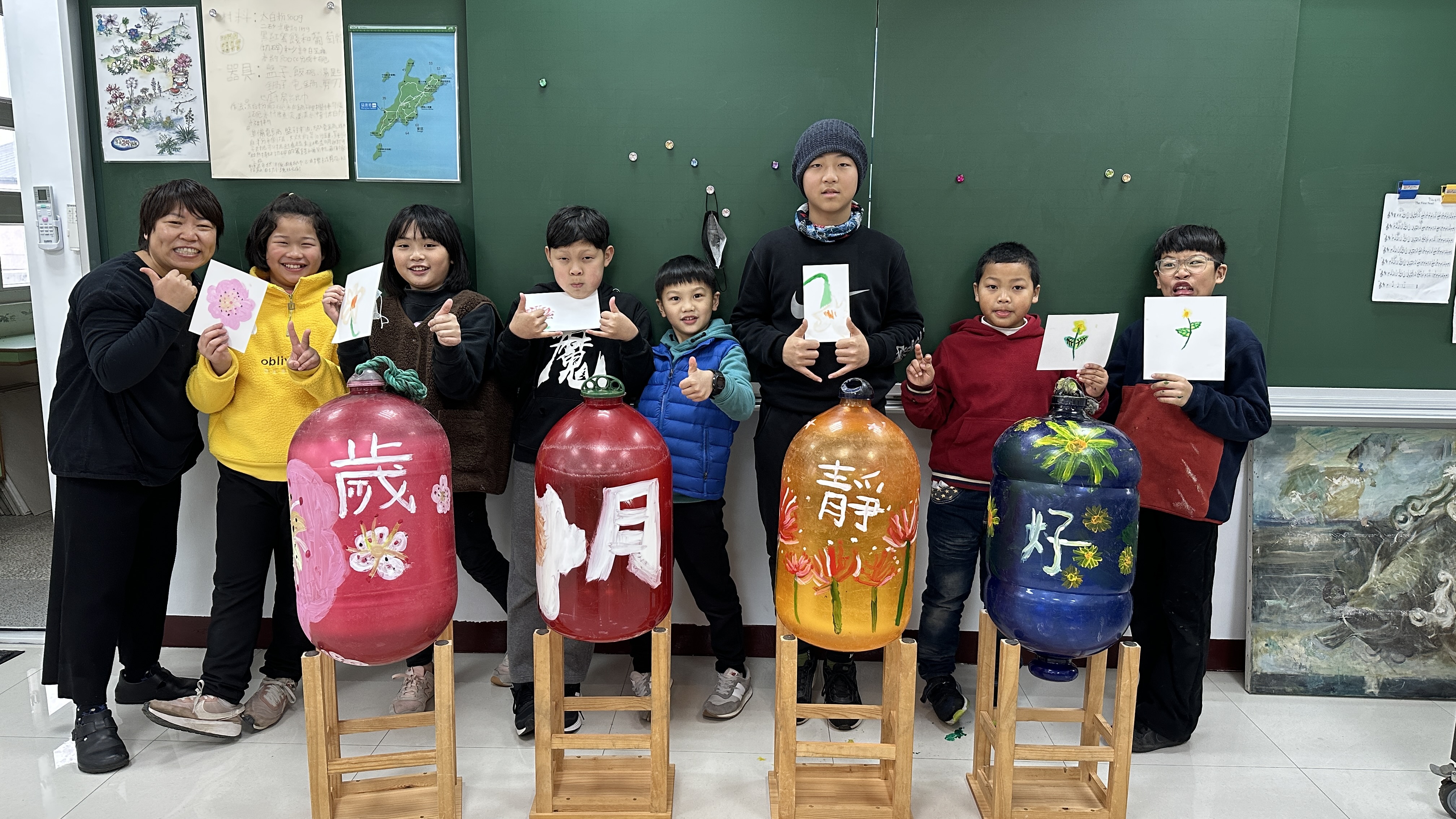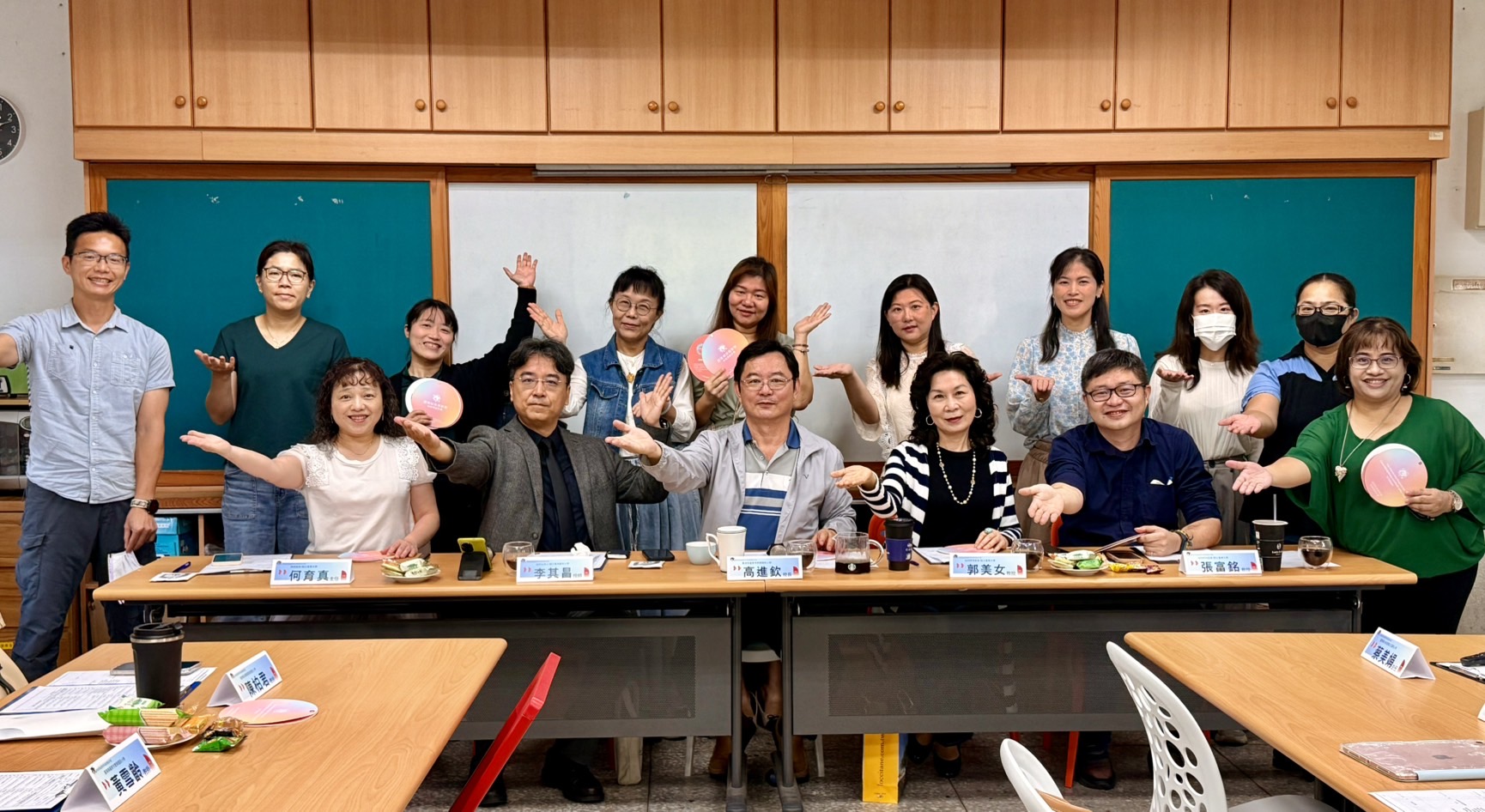Piano making‧ Chuanqing Wuchang Junior High School's cross-field aesthetic education experimental course combines music theory and life science and technology

News source: QIMO News
News link: https://reurl.cc/5oqLeG
The chorus of "Embrace" on Mayday came from the classroom of Class 803 of Wuchang Junior High School and the sound of the shamisen was heard! At first glance, it turned out that more than 20 students were holding their own balalaikas, learning to locate the scales, and under the guidance of the teacher, they played this melodious music! But this is not a music class, but a cross-field aesthetic education experimental course at Wuchang Junior High School that combines music/life science and technology/physics and chemistry. One student said: "Playing music on a piano you made is super fulfilling! In this way It’s more interesting to learn the physical and chemical sound wave theory!”
Huang Tongliang, principal of Wuchang Junior High School with four years of experience in promoting cross-field related courses, pointed out that whether it is the promotion of cross-field aesthetic education courses or other cross-field courses, it requires leading teachers. Several teachers work together because of their personal ideals and like-mindedness. ; Everyone first divides labor and then cooperates. He used the "flying geese theory" to describe the division of labor and cooperation between teachers in cross-field courses. He said, just like the wild geese migrating for the winter, they support each other and take turns to lead the design and implementation of cross-field courses. , teachers need to encourage each other and take turns to lead.
Principal Huang emphasized that the entire design process of the "Cross-field Aesthetic Education Experimental Course" is a student-centered curriculum design that uses hands-on, experience, and cross-field teaching to cultivate students' appreciation of beauty. The most important thing is to cultivate students' initiative The ability to learn, explore and solve problems.
As for making a xylophone, what is the difference between a craft class and a cross-field aesthetic education class? Chen Yingru, a life science and technology teacher and academic director who coordinates and leads the cross-disciplinary aesthetic education course "Piano Making and Transmission" at Wuchang Junior High School, said that it is very different. Single-subject learning is fragmented and has no life connection; inter-disciplinary learning allows students to think and create on their own. , connected with life. They will remember that from a piece of wood to cross-disciplinary design and processing, from scratch, they have a piano that is different and unique from others!
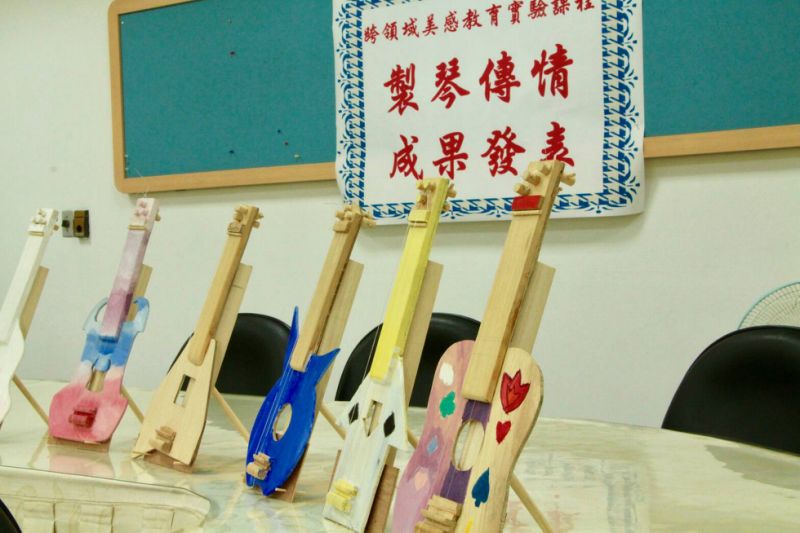
In response to the 12-year national education curriculum, life technology and information technology are separated into seven major areas. Many schools across the country are rushing to build or improve biological classrooms, but Wuchang Junior High School currently has a fairly complete biological classroom and is ready to respond. In preparation for the new curriculum, teacher Chen Yingru pointed out that the 12-year curriculum emphasizes cross-field and life-oriented, and the biology classrooms are fully equipped, which is more conducive to cross-field and co-preparation of biology and other subjects.
The 12-year national education curriculum will be launched next September, but how will the core spirit of the new curriculum – innovative education and cross-field education be implemented in the curriculum? The "Cross-disciplinary Aesthetic Education Experimental Curriculum Development Project" commissioned by the Ministry of Education and implemented by the National Taiwan Normal University has been launched in 2014. In the next five years, there are 177 national, high school and elementary schools at all levels in Taiwan. Under the leadership of the teachers, we have invested in the "Cross-disciplinary Aesthetic Education Experimental Curriculum Development Project" commissioned by the Ministry of Education and implemented by the National Taiwan Normal University, using art as a bridge to develop diversified learning, development and aesthetic experiences.
Taipei Municipal Wuchang Junior High School, which has four years of experience in conducting related cross-field teaching courses, has developed a cross-field aesthetic education experimental course "Piano Making and Piano Transmission" that integrates life science and technology/physics and chemistry/music, which has been well received. In the second semester of grade 8, I was taught by a biology teacher to make a creative handmade balalaika. In the first semester of grade 8, my physics and chemistry teacher and music teacher taught me the principles of sound waves, scale positioning, and playing.
In the afternoon of late summer and early autumn, music teacher Ke Yiqin taught his classmates how to use Pedro's law to determine the scale. Even if they didn't understand it, more than 20 students played more than 30 notes of the chorus of Mayday's "Embrace". Each student was It was the first time I played notes on the piano I made, and everyone practiced it carefully and repeatedly.
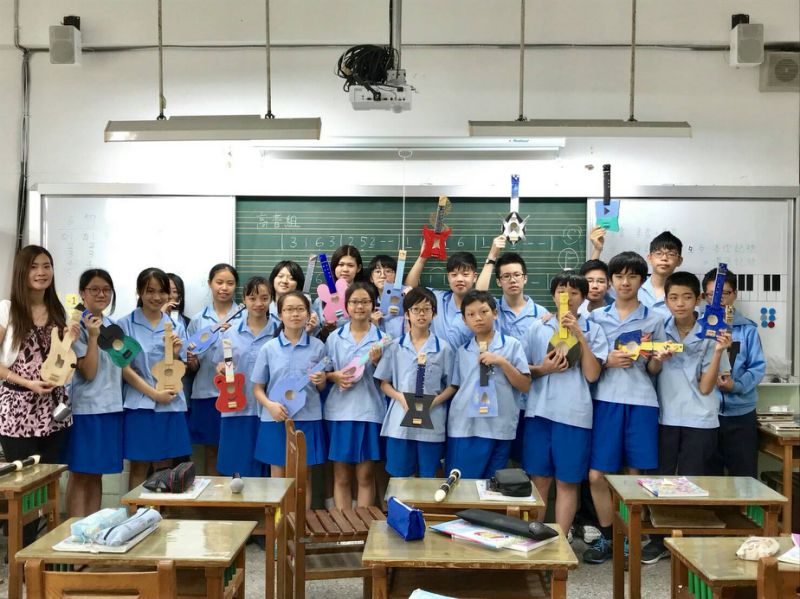
Deng Jiaying, who is learning guitar, said that she likes the piano she made because it has different structures and ideas and is her own. Ye Fengting, who is holding a small, black, very fashionable xylophone, said, "Making a piano ‧ Conveying feelings." It is more fun and interesting than ordinary classes. He likes that he can do it by himself. Shen Baiwei said that making the piano by himself gives him a sense of accomplishment, which makes the nature and physics classes more interesting!
What is the difference between taking a general music class and a cross-disciplinary aesthetic education class? Teacher Ke Yiqin, who is a guitar player herself, said that if it is her own subject, she does not need to consider other teachers; but cross-field courses are subject-based teaching, and teachers have to spend more time than usual preparing lessons and coordinating class times; As for students, she believes that students like to create with their hands and will be more focused in class.
As for what is aesthetic literacy? Teacher Ke Yiqin believes that it is the cultivation and development of appreciation ability. In the era of artificial intelligence, many human abilities can be replaced by intelligent robots, but "aesthetics" is a unique ability and quality of human beings that cannot be replaced by intelligent robots.

